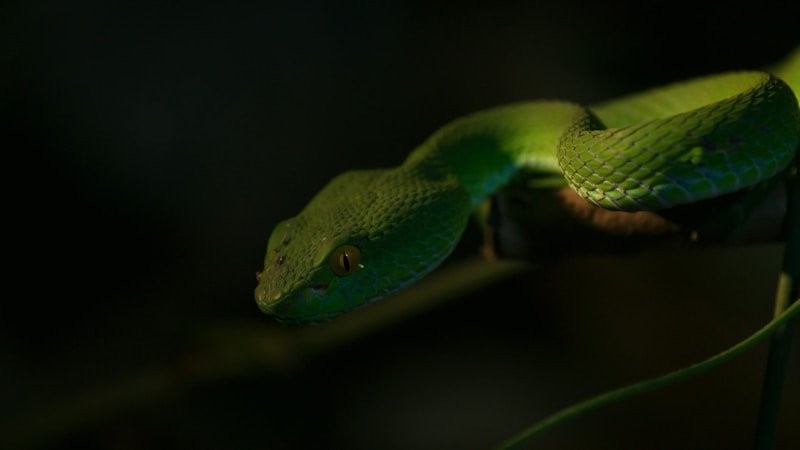Nature has perfected the art of disguise, and few creatures exemplify this better than reptiles. From chameleons that shift hues to blend seamlessly with their surroundings to snakes that vanish into the forest floor, camouflage is a vital survival strategy. Reptiles use camouflage not only to evade predators but also to ambush prey, navigate environments undetected, and signal to potential mates or rivals. This fascinating evolutionary adaptation has given rise to a wide variety of methods and appearances among reptiles worldwide.
Coloration and Patterning: Blending with the Environment
One of the most common forms of camouflage among reptiles is coloration that mimics the natural environment. Reptiles may display earthy tones like browns, greens, and grays that allow them to disappear into forests, deserts, or grasslands. For example, the leaf-tailed gecko from Madagascar sports skin patterns so closely resembling dead leaves that it becomes nearly invisible when resting among leaf litter.
Patterns such as stripes, spots, or blotches can also play a crucial role. These markings break up the outline of the reptile’s body, a technique known as disruptive coloration. This visual trick makes it difficult for both predators and prey to identify the reptile’s shape against a busy background, such as a forest floor or rocky terrain.
Some reptiles even possess skin that can change color. Chameleons are the most famous for this, using specialized cells called chromatophores to shift shades. While this is often associated with communication or temperature regulation, it also provides an adaptive advantage in hiding from predators or sneaking up on prey.
Behavior and Movement: Staying Still to Stay Safe
Camouflage isn’t just about looks—behavior plays an equally critical role. Many reptiles enhance their camouflage by remaining absolutely still when threatened. A motionless reptile is far less likely to attract attention, especially if its colors and patterns match the surroundings.
For example, the horned lizard of North America lies flat and motionless against desert sand when threatened, relying on its earth-toned skin and lack of movement to go unnoticed. Similarly, snakes like the gaboon viper of Africa use both coloration and stillness to disappear into the leaf-covered ground, often lying in wait for unsuspecting prey to pass by.
Burrowing and hiding under objects like rocks, leaves, or logs is another behavior that complements camouflage. Many skinks and small lizards are experts at finding the perfect shaded spot where their coloring renders them invisible to both aerial and ground-based threats.
Mimicry and Deception: Looking Like Something Else
Some reptiles take camouflage a step further through mimicry, where they imitate inanimate objects or even other animals. This form of camouflage can deceive not just predators, but also prey and other reptiles.
A well-known example is the leaf-tailed gecko, which not only resembles a leaf in color and shape but even has jagged skin edges that mimic the tattered outline of a decaying leaf. Some snakes, like the Eastern hog-nosed snake, may flatten their heads and hiss like venomous cobras, deceiving potential predators even though they’re harmless.
In tropical rainforests, the eyelash viper can resemble vines or moss-covered branches, both in shape and color. This illusion helps it remain undetected until it strikes at prey. By mimicking non-threatening or unnoticeable parts of the environment, these reptiles gain a unique survival edge.
Evolution and Adaptation: The Science Behind the Disguise
Camouflage in reptiles is the result of millions of years of evolution, driven by the need to survive in increasingly competitive ecosystems. Natural selection favors individuals that can evade predators or capture prey more effectively, and camouflage provides a clear advantage in both areas.
The diversity of reptile camouflage is a testament to the wide range of environments these animals inhabit—from sun-scorched deserts to dense jungles. Each environment presents unique visual challenges, and reptiles have evolved an impressive toolkit to meet them. Genetic mutations that produce better color-matching or patterning are passed on, leading to populations that are fine-tuned to their habitats.
Scientists study these adaptations not only to understand evolutionary biology but also to inspire innovations in fields like military technology and materials science. Biomimicrys, the practice of imitating natural designs, has looked to reptile camouflage for ideas on how to create better concealment gear, adaptive clothing, and responsive materials.
Reptile camouflage is more than just a trick of the eye—it’s a finely honed survival mechanism that highlights the wonders of evolution. Whether it’s a chameleon shifting colors, a snake lying in wait on a forest floor, or a gecko masquerading as a dead leaf, reptiles demonstrate that in the wild, being seen often means being eaten. Their mastery of disguise continues to fascinate scientists and nature lovers alike, reminding us of nature’s incredible capacity for adaptation and deception.

